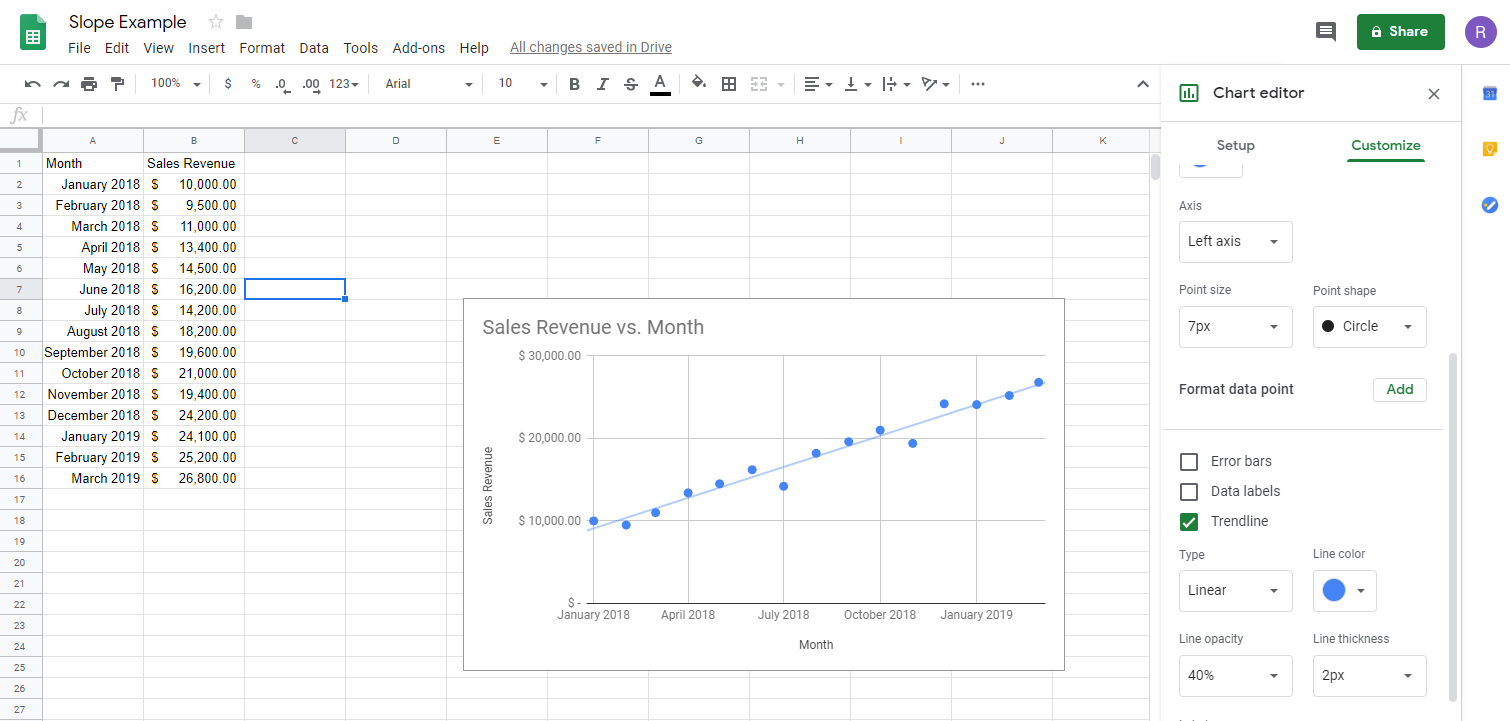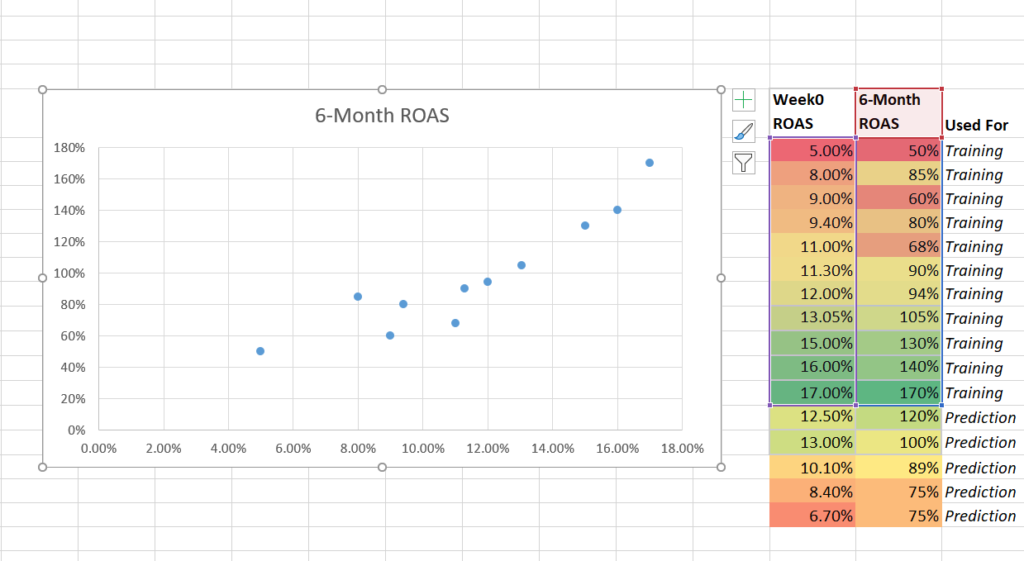

When you plot those two data pairs as points and draw a line between them (the calibration curve), then assuming the response of the thermometer is linear, you could pick any point on the line that corresponds to the value the thermometer displays, and you could find the corresponding “true” temperature. This lets you create a series of data pairs that you’ll then use to develop a calibration curve.Ī two-point calibration of a thermometer using the freezing and boiling points of water would have two data pairs: one from when the thermometer is placed in ice water (32 ☏ or 0 ☌) and one in boiling water (212 ☏ or 100 ☌). To perform a calibration, you compare the readings of a device (like the temperature that a thermometer displays) to known values called standards (like the freezing and boiling points of water).

What is a Calibration Curve and How is Excel Useful When Creating One?

FIND Y=MX+B OF A SCATTER PLOT ON EXCEL FOR MAC HOW TO
In this article, we’ll look at how to use Excel to create a chart, plot a linear calibration curve, display the calibration curve’s formula, and then set up simple formulas with the SLOPE and INTERCEPT functions to use the calibration equation in Excel. This can be helpful when you are writing a chemistry lab report or programming a correction factor into a piece of equipment. Excel has built-in features that you can use to display your calibration data and calculate a line-of-best-fit.


 0 kommentar(er)
0 kommentar(er)
